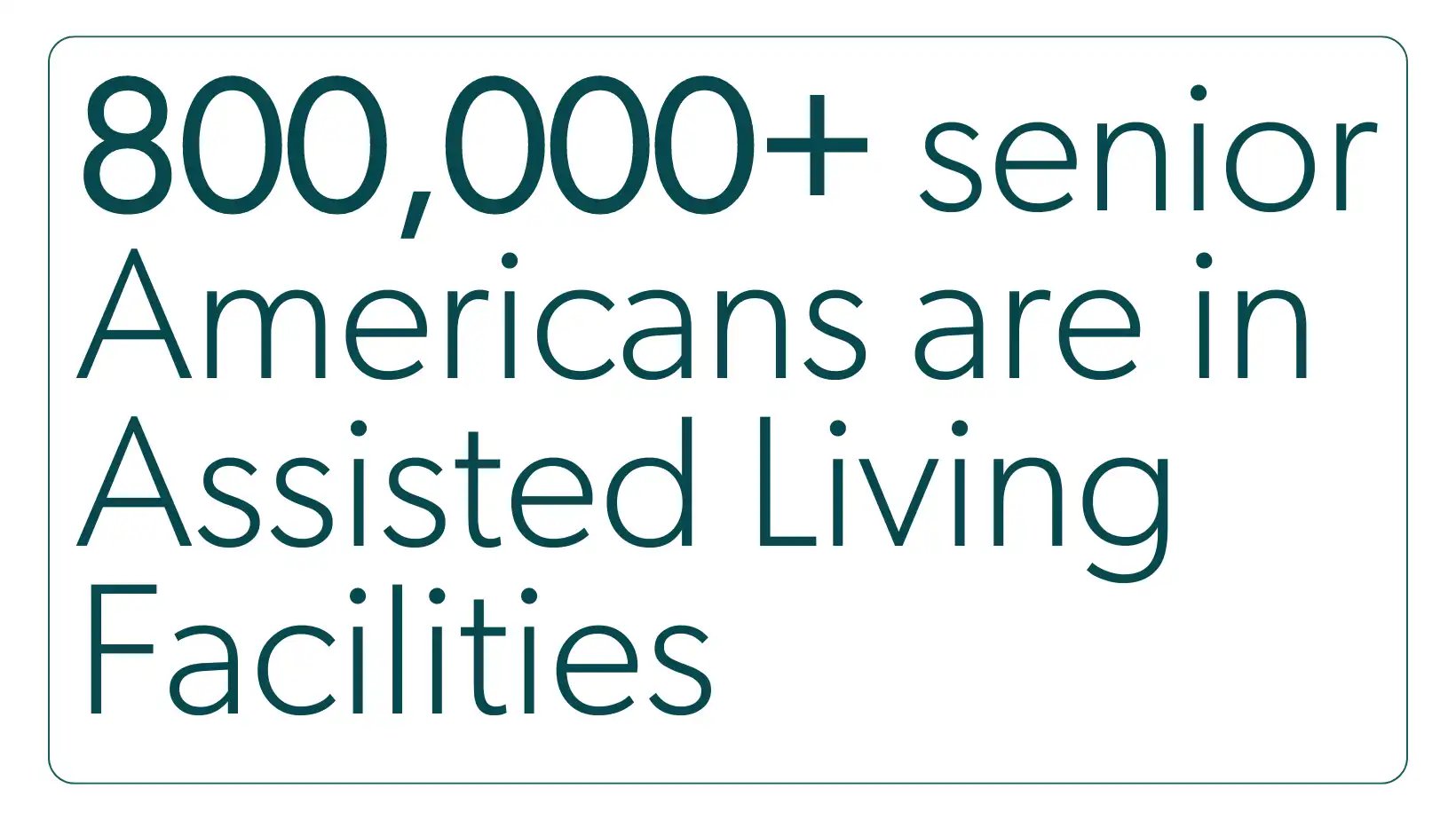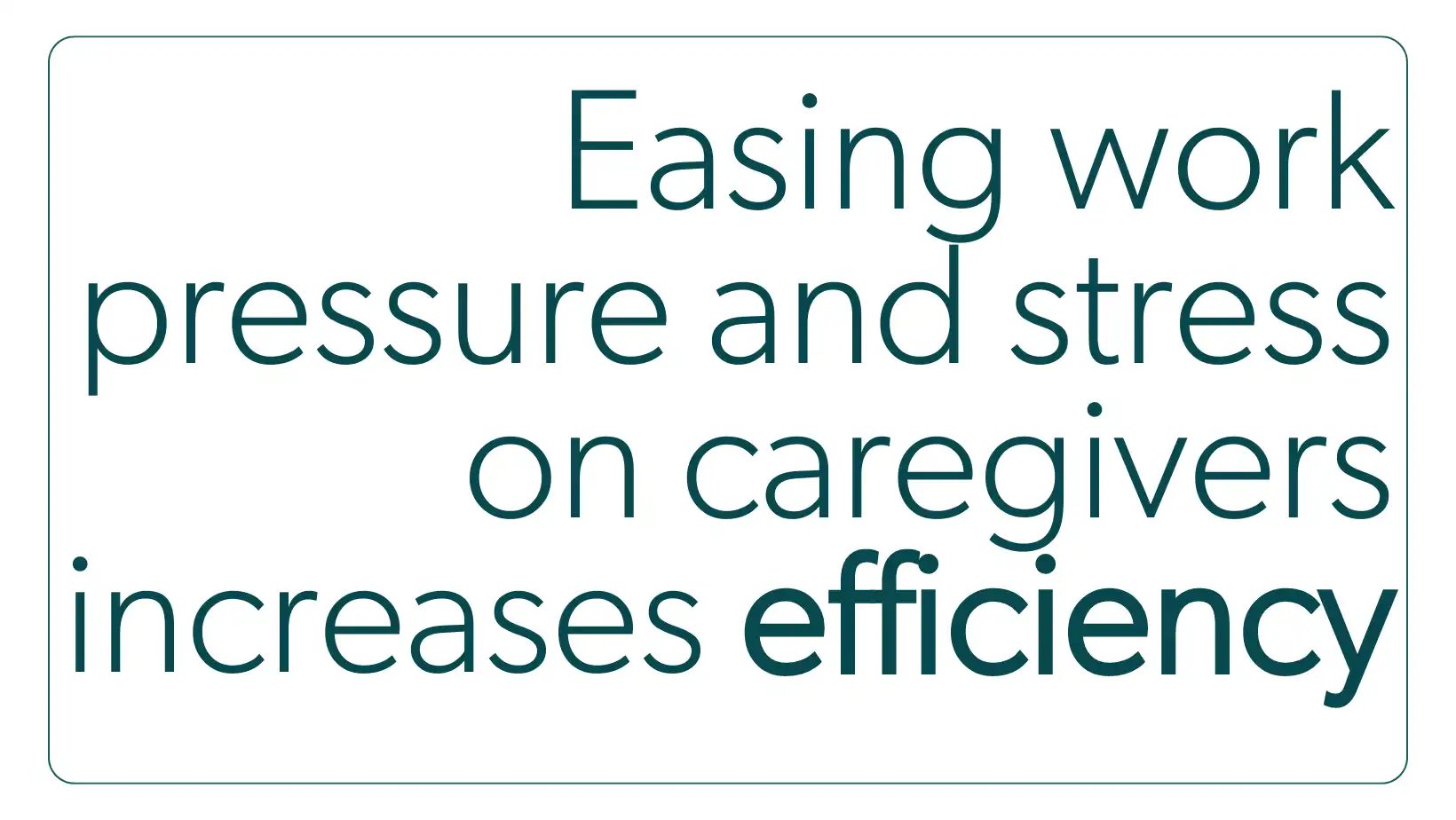Senior living, traditionally characterized by one-on-one interactions and a personal touch, is now being enhanced by senior care technology. These advancements are not replacing the human element, but rather, they are amplifying it.
Technology-driven solutions are now offering a wide range of high-quality services, making it easier for care providers to provide more personalized treatment plans for elderly individuals. More importantly, these technologies are empowering caregivers and family members, making them more involved and responsible in the care process. In addition, healthcare technologies are becoming more available as advancements in communication platforms allow for greater connectivity among providers, residents, and family members.
Let's explore some of the most transformative trends driving innovation in modern senior healthcare, from artificial intelligence to cloud computing technologies. By examining these innovative advances in detail, we can uncover how technology revolutionizes a critical social responsibility: providing appropriate senior care with dignified respect.

As the elderly population continues to grow, with over 800,000 senior Americans in assisted living, the need for advancements in senior care is becoming more crucial than ever.
Fortunately, technology is advancing astonishingly, bringing innovations to the senior care industry. With the rise of smart home devices, virtual assistants, and wearable technology, seniors can live independently in their homes for extended periods, allowing them to “age in place” while still receiving necessary care.
Additionally, tele health and telemedicine have become increasingly popular, allowing seniors to receive medical attention without leaving the comfort of their homes. These advancements have improved the quality of life for seniors and made caregiving more efficient and convenient for family members and caregivers.
As technology evolves, we can only expect further improvements in the senior care industry. Let’s look at some state-of-the-art technologies that can significantly impact senior care resident’s and staff’s quality of life.

Technology trends in senior care
Personal Emergency Response Systems (PERS)
Independence is an essential part of life, and the need for it does not leave just because someone has entered senior care.
Personal Emergency Response Systems, or PERS, are portable, lightweight devices that can aid in residents' independence. But did the name immediately bring an image of a sizeable black battery pack with a giant red button to mind? Well, these little transmitters have adapted and responded to the times. Gone are clunky, oversized designs — they’ve been streamlined to be worn around the neck, on your wrist, or even on a belt.
In addition, many devices now offer fall detection. With 20-30% of seniors reporting more than one fall a year, fall detection allows senior residents the independence to roam their senior care community while ensuring caregivers are notified of falls.
Virtual technologies
Staying connected to family members while in senior care can be a struggle, and the isolation of the COVID-19 pandemic has not made connection any easier.
Virtual interactions are helping close the gap in the lack of in-person interaction. Video calls between families, friends, and caregivers became the new norm, allowing residents to experience family time and help improve their mental and physical health. Senior care homes promote social interaction and exploration amongst residents with virtual field trips, giving residents a window into the outside world. Virtual interaction connects residents to people, events, and places they may have previously felt isolated.

Connected technologies
While staying connected and retaining your independence has already seen technology come leaps and bounds ahead of even a few years ago, what has been advancing for caregivers? First, being effective in daily tasks can cut down on your workload. Easing work pressure and stress on care providers means increasing efficiency. And this is being achieved through facilitating software and hardware integration.
One promising developing area is senior care software solutions, like VitalLink, which uses Bluetooth devices and app-based technologies to ensure senior living providers can get accurate results and ensure data quality and compliance.
These futuristic technologies, once the stuff of science fiction, are offering caregiver support, developing new ways to help seniors stay healthy, happy, and independent in their later years.

In conclusion, senior living has traditionally been seen as a one-on-one, personalized approach, but technology is now used in many positive ways to aid seniors further.
From monitoring vital signs and providing medication reminders to virtual visitation, these technologies can improve health outcomes for people as they age. Of course, there are still areas where improvements need to be made, such as cost-effectiveness and accessibility — but it’s clear that innovative new technologies will continue to be developed quickly, increasing the quality of senior care even further.
Senior care providers have the unique opportunity to embrace these advances and make them part of their care plans, all while keeping close relationships with their clients and providing individualized attention. With more thoughtfully designed solutions and careful implementation, technology can play an important role in providing high-quality senior care.